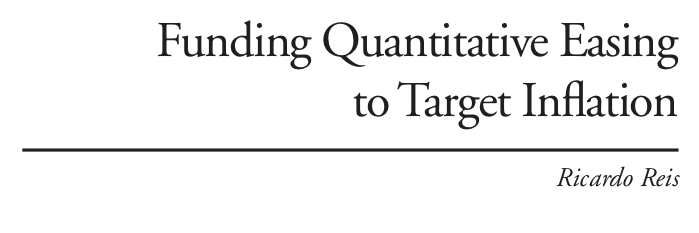The discussion on the US extending the extra $600 in unemployment benefits has been couched in terms of automatic stabilizers. But if Congress needs to do something about it, how is this automatic?
on.wsj.com/33qIhdj
Like many other non-boring economic concepts, “automatic stabilizers” is used to mean different things
bit.ly/2EIYi42
personal.lse.ac.uk/reisr/papers/1…
personal.lse.ac.uk/reisr/papers/2…
brook.gs/33pKyWa
econ.lse.ac.uk/staff/clandais…
homepages.ucl.ac.uk/~uctpvst/HANK&…
sciencedirect.com/science/articl…
dropbox.com/s/b3z0khh1nte7…
hamiltonproject.org/assets/files/S…
brookings.edu/blog/ben-berna…
web.stanford.edu/~johntayl/2015…
cpb-us-w2.wpmucdn.com/voices.uchicag…
institute.jpmorganchase.com/institute/rese…
sites.google.com/site/rohankekr…
econweb.ucsd.edu/~vramey/resear…
*That is fine*
Maybe discretionary stimulus is a good idea. Maybe it morphs into future automatic stabilizers.
1) an automatic stabilizer is in law and depends on household variables, which then vary with the business cycle
2) a policy rule is in the law and depends on macro variables
3) a policy strategy is not in the law, but in usual behavior
4) a discretionary policy is a shock
More important is to recognize that which of these 4 kinds it is will matter *a lot* for the effects of the policies. No matter what you call them
Friedman: miltonfriedman.hoover.org/friedman_image…
Solow: econpapers.repec.org/article/oupoxf…
@benbernanke @landais_camille @pmichaillat @MortenORavn @SorryToBeKurt @Claudia_Sahm @EconomicsOne @p_ganong @pascaljnoel @Farrell_Diana @JoeVavra @FionaGreigDC




